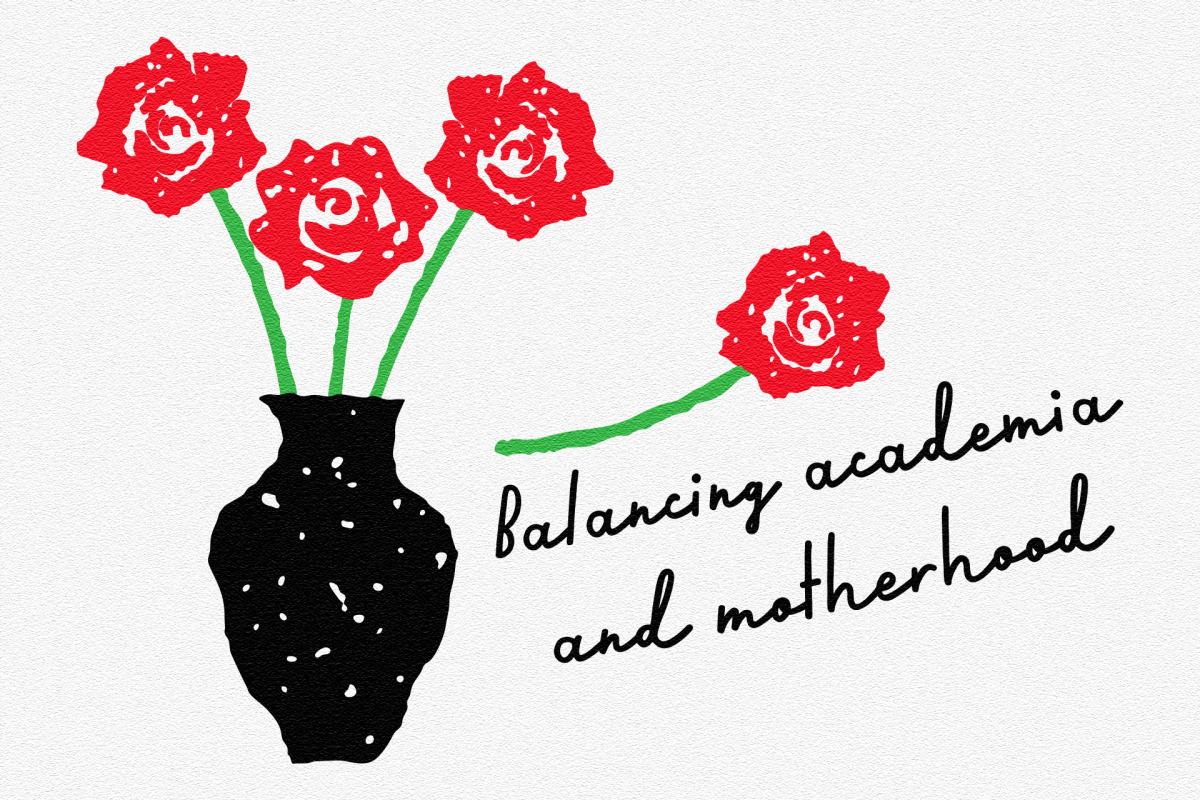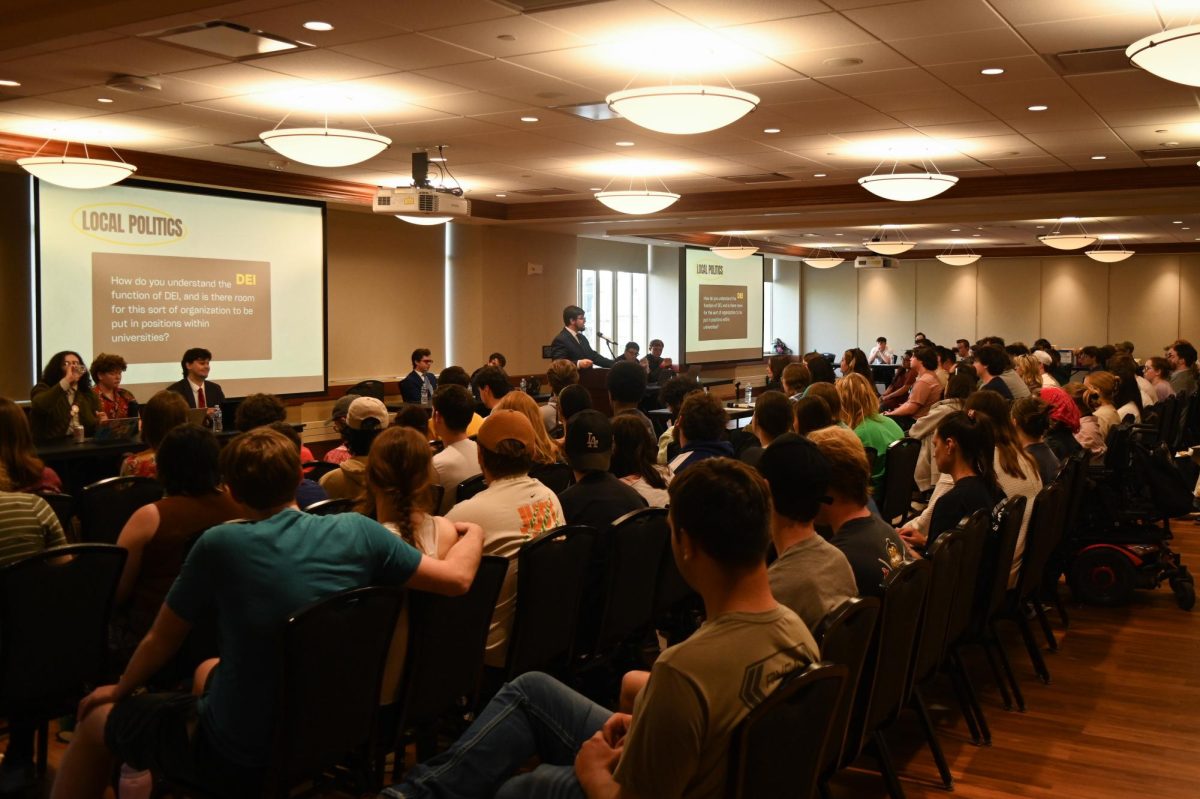Drug violations are on the rise, according to the MU Police Department’s annual Campus Crime and Fire Safety report for 2010.
There were 98 drug law violations reported to MUPD in 2008. That number rose to 103 in 2009 and 124 in 2010, according to the report.
The report reveals the number of on-campus drug arrests is growing, which in turn potentially skews the data for on-campus liquor arrests.
Liquor law violations continued to drop from 126 in 2008 to 102 in 2009 and 76 in 2010.
The spike in drug law violations might correlate with the apparent drop in liquor law violations, MUPD spokesman Scott Richardson said.
“It’s probably not so much a drop in alcohol use, but there were more drug arrests,” he said.
When arrested, only the offender’s higher charge is noted in the annual report.
“Let’s say someone was in possession of marijuana and also in possession of alcohol. We only count the higher offense, which in this case is marijuana,” Richardson said.
The report, which follows the federal law, is required to report only the highest offense, which might account for the apparent downward trend in liquor law violations.
The Wellness Resource Center offers brochures and an anonymous, online survey called e-Toke to help educate and provide students with feedback about marijuana use. The majority of the center’s funds and main focus continue to lie in alcohol awareness.
“Our data shows us how we should be spending our time,” Wellness Resource Center Director Kim Dude said. “I’m sure we will continue to spend most of our time dealing with alcohol, but we still will, in fact, spend time with other drugs as well.”
The WRC received national recognition in 2010 by the United States Department of Education for significantly reducing student involvement in risky behavior with alcohol. In addition, the department received a $130,000 grant.
The statistics showing alcohol arrests going down are not necessarily an indication that use is down, attorney Dan Viets said.
“Arrests may have gone up, but it’s important to understand that arrests don’t necessarily correlate to the number of violations,” Viets said. “It may be an increase in the numbers of people that use prohibited substances or it may be because the police have adopted a policy about being more aggressive about investigating those types of things. It’s one or the other.”
Dude said she believes the rise in drug violation numbers is indicative of marijuana’s ease of access and lax punishment.
“I think it’s because it’s relatively easy to get, and I think our city law does not help because it is a pretty liberal law,” she said. “The problem is if a student gets caught on campus, they are subject to state law, not city law, because it is state property. I think students might naively think they won’t get in very much trouble.”
Under city ordinance, Columbia police are prohibited from arresting anyone for simple marijuana possession. Anyone found with less than an ounce and a quarter is given a summons. The maximum fine is $250.
MU, which is state property, falls under state laws. Under the law, possession of less than 35 grams of marijuana is a Class A misdemeanor, punishable by up to a year in jail and a fine of $1,000.
“I don’t think fewer students are drinking,” Richardson said. ”The number of liquor law violations would be about the same if you take the increase of drug violations. They are about the same.”





